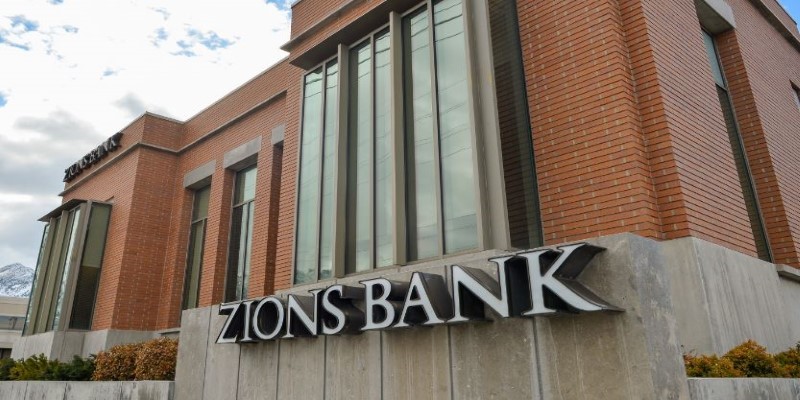Nobody likes unexpected bank fees, especially returned item fees that can cost $25 to $40 or more. These charges can quickly add up, creating financial stress. The good news? They’re avoidable. By understanding what causes returned item fees and learning simple strategies to prevent them, you can save hundreds each year. This guide breaks it all down for you.
What Are Returned Item Fees?

A returned item fee is a penalty your bank charges when they can't process a payment from your account. This happens when you don't have enough money to cover a transaction, causing the payment to "bounce" back to the merchant or recipient.
Banks typically charge returned item fees for several types of failed transactions:
- Bounced checks: When you write a check but lack sufficient funds
- Failed automatic payments: When recurring bills like utilities or subscriptions can't be processed
- Declined debit card transactions: When point-of-sale purchases exceed your available balance
- Rejected online payments: When digital transactions fail due to insufficient funds
The fee amount varies by financial institution, but most banks charge between $25 and $40 per returned item. Some banks even charge multiple fees if the same payment is attempted several times.
Common Causes of Returned Item Fees
Understanding why these fees occur is the first step toward avoiding them. Here are the most frequent scenarios that trigger returned item fees:
Insufficient Account Balance
The most straightforward cause is simply not having enough money in your account when a payment is due. This might seem obvious, but it's surprisingly easy to miscalculate your available balance, especially when you have multiple payments scheduled around the same time.
Timing Mismatches
You might have the money, but if it's not available when the payment processes, you'll still face a fee. For example, if you deposit a check on Friday but your automatic car payment processes over the weekend, the deposit might not clear in time.
Forgotten Automatic Payments
Many people set up automatic payments and then forget about them. A subscription service you no longer use or a gym membership you meant to cancel can cause unexpected returned item fees months later.
Processing Delays
Sometimes deposits take longer to process than expected. While electronic deposits often clear quickly, paper checks and some mobile deposits can take several business days to become available.
Account Holds
Banks may place holds on large deposits or checks from new sources, making the funds temporarily unavailable even though they appear in your account balance.
How Much Do Returned Item Fees Really Cost?
The direct cost of returned item fees adds up quickly. If your bank charges $35 per returned item and you have three failed payments in a month, you're looking at $105 in fees alone. But the true cost goes beyond these immediate charges.
Hidden Costs You Might Not Consider
- Merchant Fees: Many businesses charge their own returned payment fees, typically ranging from $15 to $30. This means you could face fees from both your bank and the merchant.
- Late Payment Penalties: When your payment doesn't go through, you might also incur late fees from creditors, which can range from $25 to $40 depending on the type of bill.
- Credit Score Impact: Failed payments can be reported to credit bureaus, potentially lowering your credit score and making future loans more expensive.
- Service Interruptions: Utilities, phone services, or streaming subscriptions might be suspended, creating inconvenience and potential reconnection fees.
The Snowball Effect
Returned item fees often create a domino effect. When one payment fails, it reduces your available balance, making it more likely that subsequent payments will also fail. This cycle can quickly drain your account and leave you facing multiple fees.
Strategies to Avoid Returned Item Fees
The good news is that returned item fees are entirely preventable with the right approach. Here are practical strategies to protect yourself:
Monitor Your Account Balance Daily
Make checking your account balance a daily habit. Most banks offer mobile apps that make this quick and easy. Set up account alerts to notify you when your balance falls below a certain threshold—many financial experts recommend setting this alert at $100 or whatever amount covers your typical daily expenses.
Use Account Alerts and Notifications
Modern banking technology offers numerous alert options:
- Low balance alerts: Get notified when your account drops below a set amount
- Transaction alerts: Receive notifications for all debits and credits
- Payment due reminders: Set up alerts for upcoming automatic payments
- Failed payment notifications: Get immediate alerts if a payment doesn't go through
Create a Payment Schedule
Maintain a calendar or spreadsheet of all your automatic payments, including the amount and date. Review this schedule weekly to ensure you have sufficient funds available. Consider timing your payments to occur shortly after you receive income.
Build a Buffer in Your Account
Keep a buffer of $100 to $500 in your checking account as a safety net. This cushion can prevent returned item fees when unexpected expenses arise or when payments process earlier than expected.
Link to a Savings Account
Many banks offer overdraft protection that automatically transfers money from your savings account to cover shortfalls. While this service sometimes includes a small transfer fee (typically $5 to $12), it's much less expensive than a returned item fee.
What to Do When You Get Hit With a Fee

Even with the best planning, returned item fees can still happen. Here's how to handle them:
Contact Your Bank Immediately
Call your bank's customer service line as soon as you notice a returned item fee. Many banks will waive fees as a courtesy, especially if you're a long-term customer or if this is your first occurrence.
Know What to Say
When calling your bank, be polite but direct:
- Explain the situation briefly
- Mention your history as a customer
- Ask if they can waive the fee as a courtesy
- If denied, ask to speak with a supervisor
Document Everything
Keep records of when returned item fees occur and why. This information can be helpful if you need to dispute multiple fees or if you're working to establish a pattern that might qualify for fee waivers.
Conclusion
With smart planning and good financial habits, you can avoid Returned item fees. Start by setting up account alerts, creating a payment calendar, or keeping a small buffer in your checking account. These simple strategies can save you hundreds annually and make managing your money less stressful. Take control of your finances and make sure your payments go through smoothly to avoid unnecessary fees.












